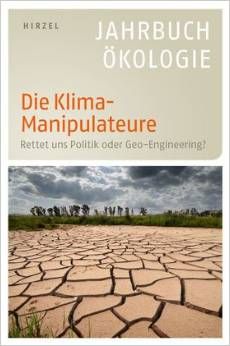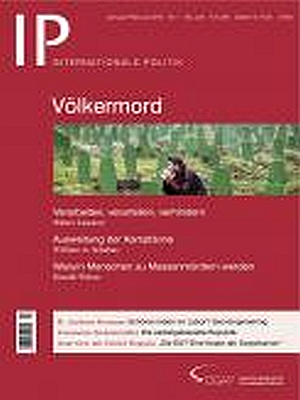PART I
Chapter 1: Mandate, Context and Scope of Work
1.1 Mandate
1.2 Context for the consideration of potential impacts of geoengineering on biodiversity
1.3 Relevant guidance under the Convention on Biological Diversity
1.4 Scope of techniques examined in this study
1.5 Structure of the study
1.6 Key sources of information
Chapter 2: Definition and Features of Geoengineering Approaches and Techniques
2.1 Definition of climate-related geoengineering
2.2 Features of proposed geoengineering techniques
Chapter 3: Overview of Climate Change and Ocean Acidification and of Their Impacts on Biodiversity
3.1 Overview of projected climate change and ocean acidification
3.2 Observed and projected impacts of climate change, including ocean acidification, on biodiversity
3.3 The role of biodiversity in the Earth system and in delivering ecosystem services
3.4 Projected socio-economic and cultural impacts of climate change, in biodiversity context
Chapter 4: Potential Impacts on Biodiversity of Climate Geoengineering Achieved by Sunlight Reflection Methods
4.1 Potential impacts on biodiversity of generic SRM that causes uniform dimming
4.2 Potential impacts of SRM on biodiversity at the technique-specific level
Chapter 5: Potential Impacts on Biodiversity of Carbon Dioxide Removal Geoengineering Techniques
5.1 General features of CDR approaches
5.2 Direct ocean fertilization
5.3 Modification of upwelling and downwelling
5.4 Geochemical sequestration of carbon dioxide
5.5 Restoration, afforestation, reforestation, and the enhancement of soil carbon
5.6 Biological carbon capture and storage in land biomass
5.7 Chemically-based carbon dioxide capture and storage
5.8 Sequestration of greenhouse gases other than carbon dioxide
Chapter 6: Social, Economic, Cultural and Ethical Considerations of Climate-Related Geoengineering
6.1 Introduction
6.2 Available information
6.3 General social, economic and cultural considerations
6.4 Specific social, economical and cultural considerations of geoengineering technologies as they relate to biodiversity
Chapter 7: Synthesis
7.1 Changes in the drivers of biodiversity loss
7.2 The question of scale and its implications for feasibility and impacts of geoengineering techniques
7.3 Gaps in knowledge and understanding
Annex I: Summary of Selected Definitions of Climate-Related Geoengineering
Annex II: Additional information on Options for Definitions of Climate-Related Geoengineering
Annex III: Report Authors, Editors and Contributors
References
PART II
Key Messages
Chapter 1: Introduction
1.1 Mandate and scope
1.2 Criteria for identifying gaps
1.3 Definition of geoengineering
1.4 Method and structure
1.5 Elements of the current international regulatory framework
Chapter 2: Generally Applicable International Law and Principles
2.1 State responsibility and liability of private actors
2.2 Prevention of transboundary harm to the environment
2.3 Duty to undertake an environmental impact assessment
2.4 Precautionary principle or approach
2.5 Article 39 of the Charter of the United Nations
2.6 Other concepts
2.7 Summary assessment of customary rules
Chapter 3: Specific Treaty Regimes and Institutions
3.1 The Convention on Biological Diversity
3.2 UNCLOS—United Nations Convention on the Law of the Sea
3.3 London Convention and London Protocol
3.4 United Nations Framework Convention on Climate Change (UNFCCC) and the Kyoto Protocol
3.5 Vienna Convention for the Protection of the Ozone Layer and the Montreal Protocol
3.6 ENMOD Convention
3.7 Space law
3.8 Antarctic treaty system
3.9 OSPAR Convention
3.10 LRTAP—Convention on Long-range Transboundary Air Pollution
3.11 Human rights law
Chapter 4: Institutions
4.1 United Nations Security Council
4.2 United Nations General Assembly
4.3 Intergovernmental Panel on Climate Change
4.4 United Nations Environment Programme
4.5 World Meteorological Organization
4.6 Intergovernmental Oceanographic Commission
Chapter 5: Rules Governing Research
5.1 The regulatory framework for research
5.2 Scientific research in international treaty law
Chapter 6: Conclusions
Annex I: Abbreviations and Acronyms
Annex II: Treaties and Instruments Cited
Annex III: Technologies and their Potential Regulation
Annex IV: Report Authors, Editors and Contributors
References







